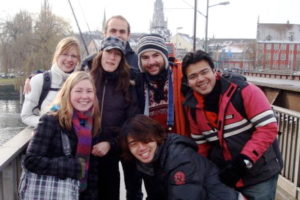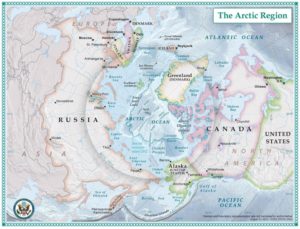Cities, Size and China
As my colleagues in Urban Studies point out, when we speak of global issues we often focus on nation states, but some cities can be nearly as influential as states regarding trade, political stability or cultural impact. Nowhere is urbanization of greater importance than in contemporary China. A new webpage titled “The City-nator” at Chinaskinny allows you to type in the name of your city and see how many cities in China have a greater population. For example, when I entered my city of Portland, Oregon (there was no option for Portland, Maine, which was under the one million minimum) the website showed a list of 219 cities in China of greater size. These cities combined spend more than three trillion dollars are year on goods and services. According to this website, there are 223 cities in China that are larger than Vancouver, Canada.
But how accurate are these figures? In the case of Portland , the website said that the city’s total population is 2.34 million. In fact, the city’s population is 609,000, but the website’s figure probably would be accurate for the greater Portland area. So the numbers appear reasonable, based on a quick survey of a few U.S. cities, but you can explore the page further. As the webpage points out, there are 112 cities in China “with more people than New Zealand.”
Shawn Smallman






